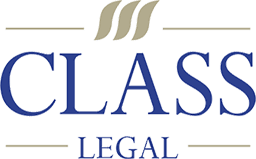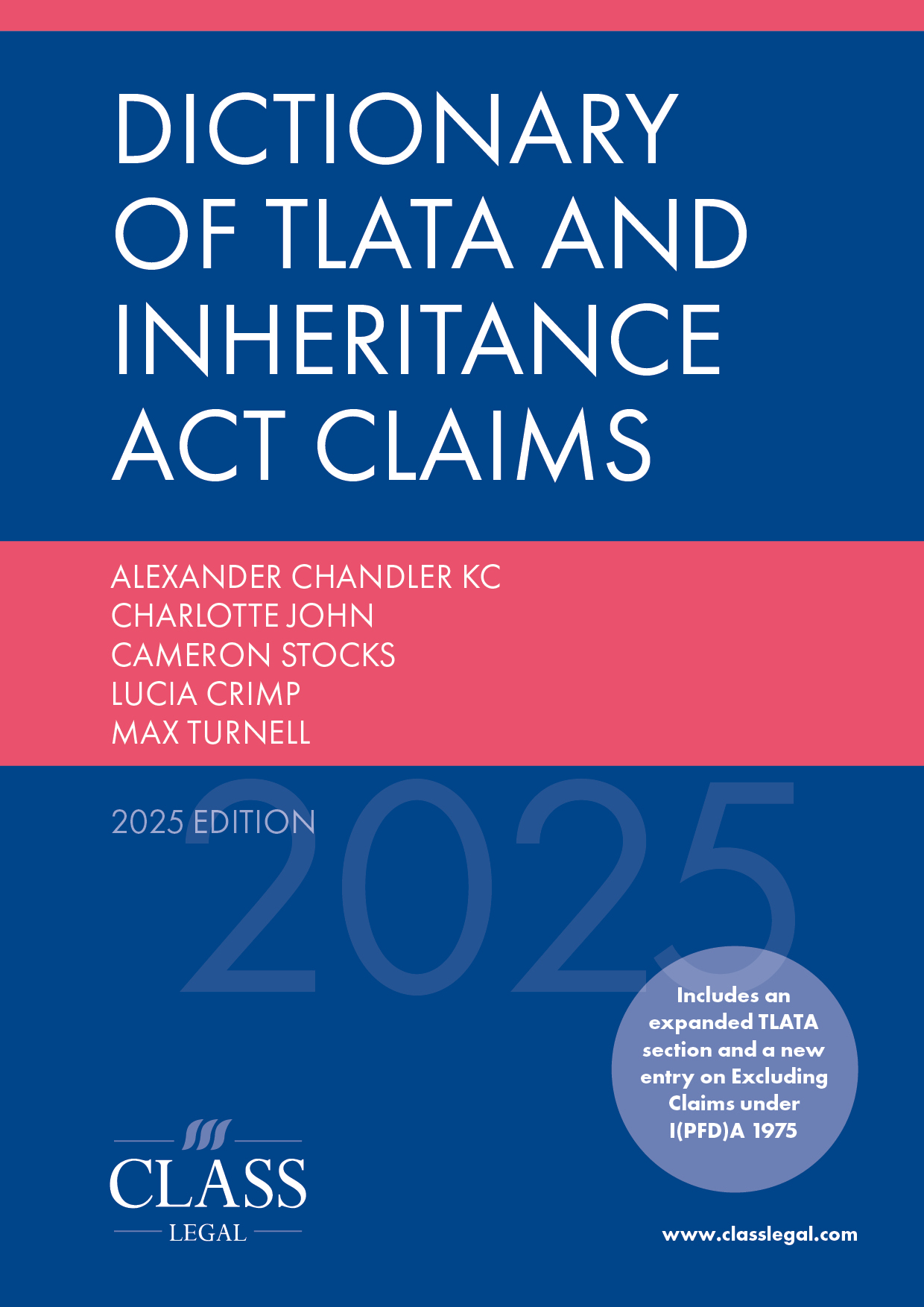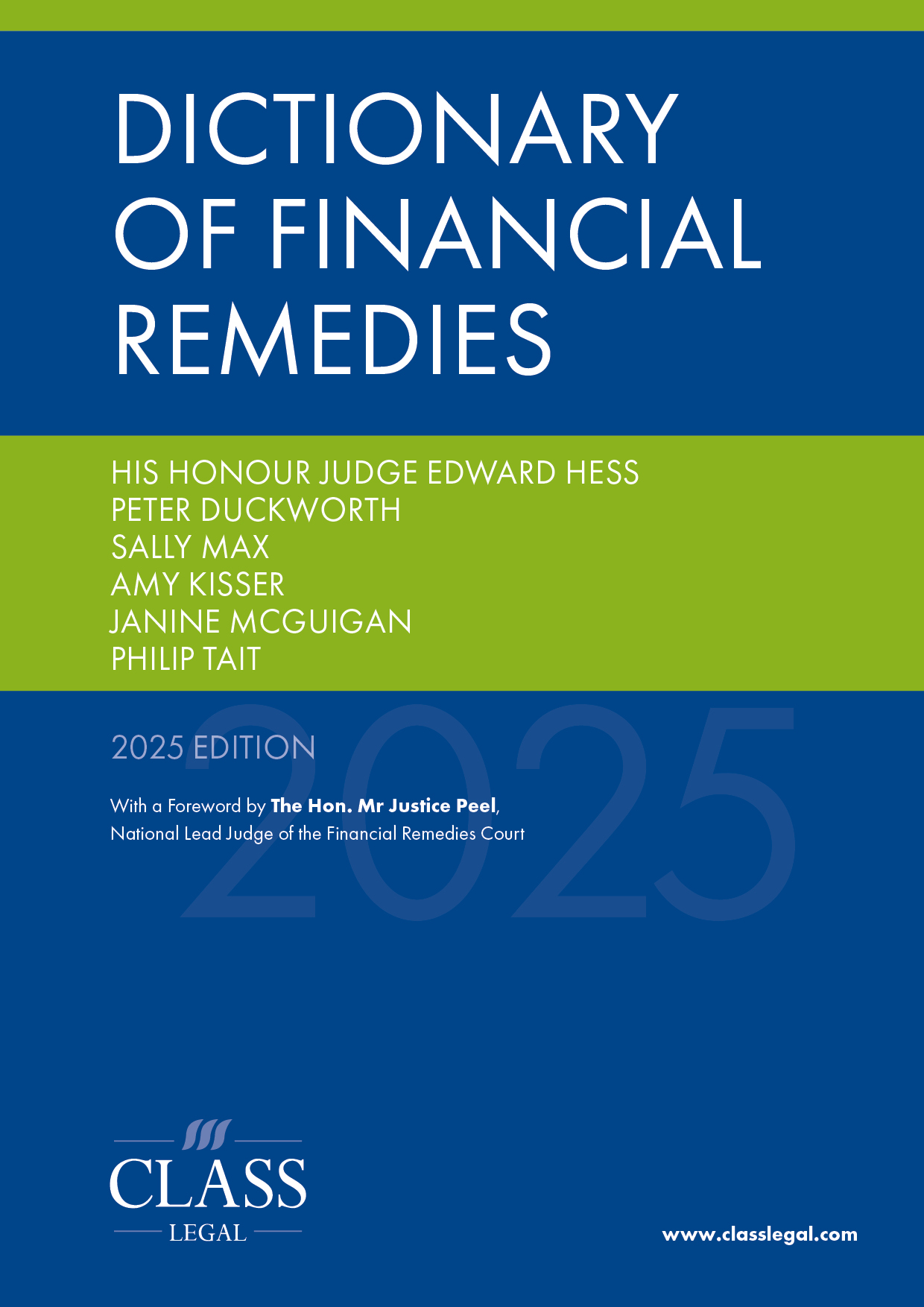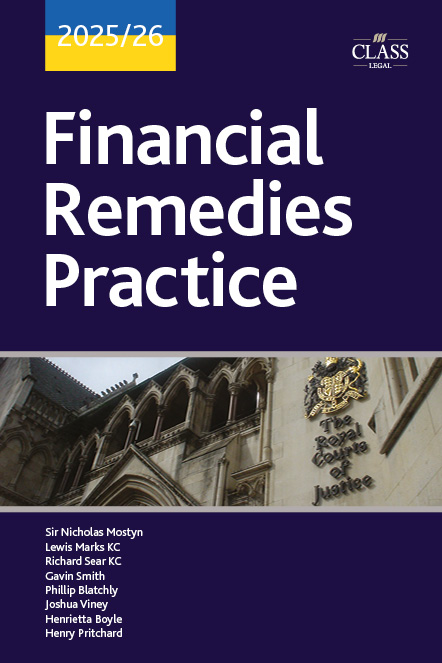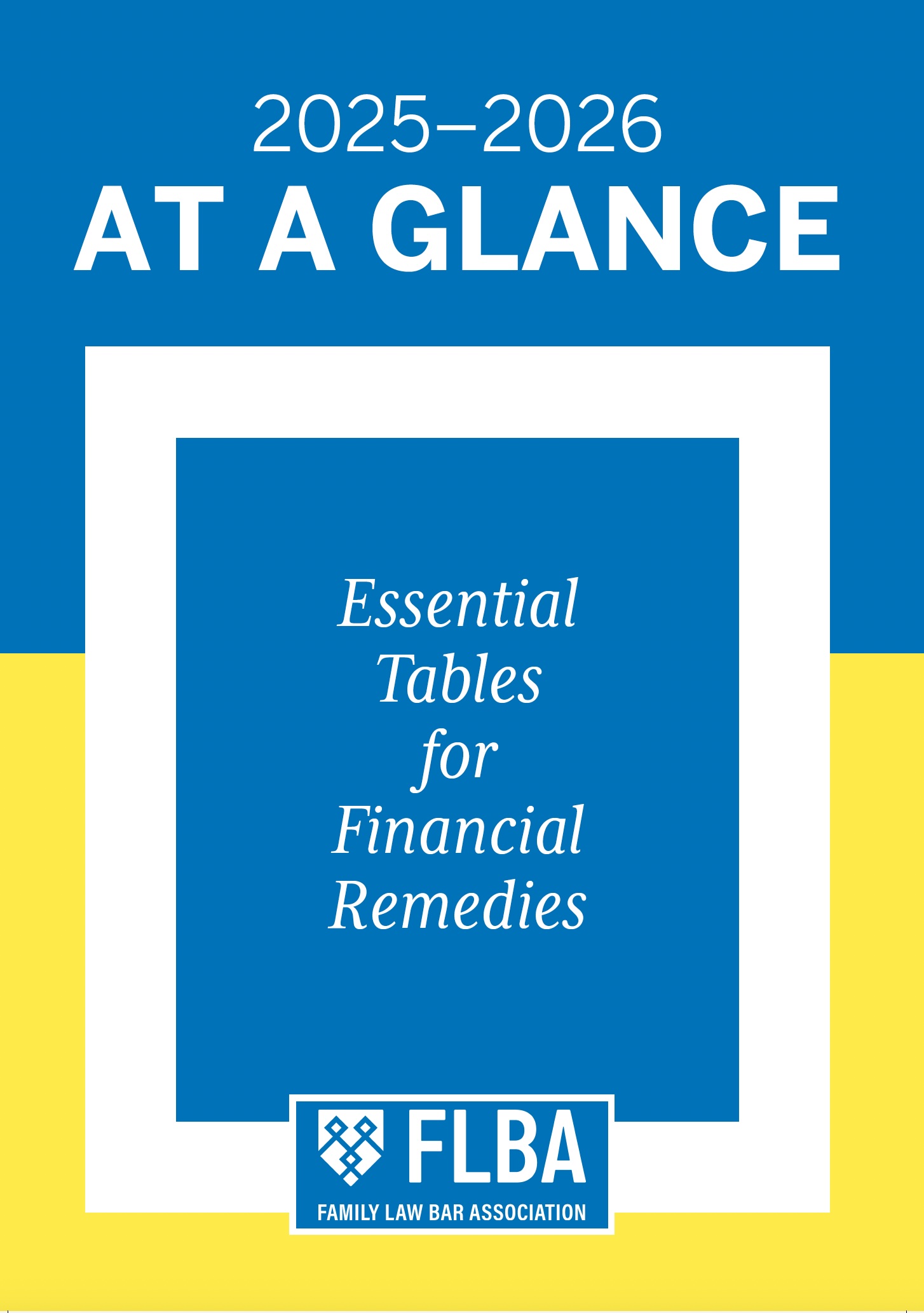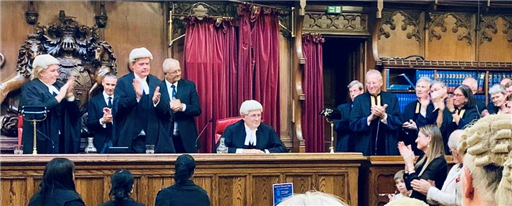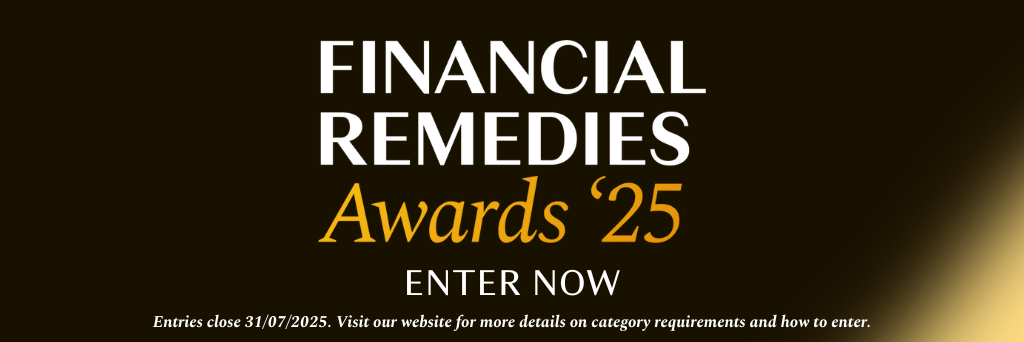
Two Heads, Better than One? BR v BR, in Light of BR v BR (No 2) and Vince v Vince
Published: 30/06/2025 06:00

In his judgment in BR v BR [2024] EWFC 11, [2024] 2 FLR 217, Peel J emphasised at [17](i) that ‘[w]herever possible’ the instruction of a single joint expert (SJE) is the ‘default position’ and at [17](ii) that a ‘high degree of justification’ is required for two parties to instruct their own experts.
By the time of the final hearing however, in BR v BR (No 2) [2025] EWFC 88, the parties had incurred the considerable costs of three experts. And in Vince v Vince [2024] EWFC 389, Cusworth J referred to the benefit of having had three experts instructed in the case.
This raises various questions: what benefits can multiple experts bring? In what sort of cases? And at what point is Peel J’s high bar cleared? In this article, I take a closer look at the guidance given by the judges in these cases and suggest that in the right cases two party-instructed experts, rather than an SJE can, perhaps counterintuitively, be an efficient and cost effective option for the court.
BR v BR: a high bar
In BR v BR, Peel J considered whether it was appropriate for the court to allow each of the parties to appoint their own business valuation experts. This is the standard approach in commercial cases, but it is not the usual way forward in the Family Court, where, pursuant to the Family Procedure Rules 2010, the instruction of an SJE is the norm.1 Peel J stated at [7] that there was ‘no doubt’ that expert evidence on value, tax, and liquidity was ‘necessary to assist the court to resolve the proceedings’ – i.e. satisfying the test set out at FPR 25.4(3) – and set out as above that ‘[w]herever possible, a SJE should be directed rather than giving permission for two or more experts to be solely instructed. This is the default position’ [17](i).
Peel J thereafter said that ‘the bar for departing from the default position is set high. A high degree of justification is required to persuade the court to do so’ [17](ii).
At [18] he gave several non-exhaustive reasons why the default position should be the instruction of an SJE. These include:
(1) cost: it will usually be cheaper to instruct a single expert, rather than two, and that issues of proportionality are always relevant, even in so-called ‘big money’ cases;
(2) consistency of instructions: the court retains control over the ‘remit, instructions and provision of information’ to the SJE, whereas there is a risk that party-instructed experts may receive different instructions, different information and different questions leading to a ‘significant risk’ that the court will be faced with reports which are not just different in their conclusions, but based on different information, questions and instructions. Peel J could have added to this that even with the instruction of an SJE the court may pursuant to FPR 25.12(3) permit the parties to give separate instructions to an SJE (but if this permission is given, when the instructions are given to the expert they must be sent to the other party at the same time);
(3) access to information: the SJE is able to decide what documents they need and request them, which has the added benefit of removing the need for long questionnaires addressing company disclosure/matters;
(4) questions to the SJE: there is no prevention of party-instructed experts either assisting in the written questions to the SJE pursuant to FPR 25.10. Likewise, they can assist with the preparation of their cross-examination at final hearing; and
(5) Daniels v Walker applications: the appointment of an SJE does not preclude subsequent applications to adduce further evidence, although Peel J commented that, in his experience, instances where there is a ‘legitimate justification for additional sole expert evidence will be rare’.
A checklist, but for all cases?
There can be no doubt that, in the vast majority of cases, costs and proportionality will mean that it is right that only one expert will be instructed and appointed. But what about so-called ‘big money’ cases when the value of the business is large, often the central issue of computation in the case, and likewise often potentially hugely complicated?
In the author’s view, sometimes in such cases the instruction of an SJE can be a false economy, and, perhaps counterintuitively, more expensive and time consuming, rather than less.
Somewhat ironically, BR v BR [2025] EWFC 88 – the final hearing in the same case – shows why that might be. By the time of the final hearing, the SJE costs exceeded £1m, and in addition, the wife had spent approximately £1.9m on corporate lawyers and shadow accountants (out of a total of c. £3.54m), and the husband approximately £310,000 (out of a total of c. £1.54m). Peel J considered the discrepancy of over £1.5m in the husband and wife’s expenditure on corporate lawyers and shadow experts was at [106] ‘too great to be ignored’ and made a costs adjustment he considered necessary to reflect this.
In total then, £3.2m had been spent in expert costs in valuing business interests which the judge at [91] concluded had a value of approximately £220m, after notional costs of sale of 3% had been taken into account. The author considers it unlikely that such high levels of costs would have been incurred had each of the parties instructed their own experts from the outset. In short, in ‘big money’ cases, two experts may be cheaper than three.
In such cases, it is the author’s opinion that there are valid counterarguments for each of Peel J’s checklist points:
(1) cost: in addition to the SJE, both sides in a complex case will usually have their own ‘shadow’ expert to advise on valuation issues generally and specifically on the SJE’s report and the drafting of written questions. This results in three experts being instructed, as opposed to two (if no SJE is instructed and the court condones party-instructed experts);
(2) consistency of instructions: party-instructed experts could, either by agreement or by order (based on the author’s understanding of the overriding objective and the court’s case management powers, as set out in FPR 2010 Part 1), be instructed on the same basis as an SJE and with an agreed set of questions that the two experts are required to answer. That is, it could still be open to the court to determine the central question(s) upon which it requires expert assistance, for example, the capital value and liquidity of a business;
(3) access to information: it follows that both opposing party’s instructed experts could also be provided with the same set of information, on the same basis (i.e. by agreement or the court’s case management powers). Just as with communications between the SJE and the instructing parties, if all information provided to one expert is also provided to the other, then both opposing experts will be singing from the same hymn sheet. Indeed, a party-instructed expert is often going to be best placed to question and interrogate the other’s interpretation of a given set of facts. And, if the situation does arise where one expert refers to information not provided to the other, the party-instructed expert – being closest to the detail – will be best placed to identify those instances. Further, and if one were thinking creatively, and the court’s powers of case management are construed widely, one could easily imagine a scenario where the party-instructed experts were directed to hold an initial joint meeting, before the preparation of their reports, to identify and agree what information they required and would rely upon;
(4) questions to the SJE: the lengthy and often expensive process of asking ‘clarifying’ written questions of an SJE (and where there is often a dispute about whether questions put by one party can properly be so described) can likely be avoided altogether, and in its place, the process of the two experts embark on a joint expert process, by which they meet and work together to narrow the areas of agreement and disagreement. Such a process creates a real and meaningful opportunity for both cost and time savings and, if a valuation can be agreed ahead of the final hearing, then so much the better, saving valuable court time;
(5) Daniels v Walker applications: a challenge by one party to an SJE’s report (or part thereof) by way of a Daniels v Walker application can leave the other party with a sense of injustice, because what was initially an equally balanced approach (the SJE ‘being ever-mindful of the need to walk straight down the middle of the road’ to quote Vernon v Bosley (Expert Evidence) [1996] EWCA Civ 1310, [1998] 1 FLR 297 per Thorpe LJ at p 302, as cited by Mostyn J in Gallagher v Gallagher (No 2) (Financial Remedies) [2022] EWFC 53 at [46]) is now unbalanced. That is, the SJE finds themselves in a position of dealing with one party’s arguments (e.g. for a lower value) without considering the other side’s counterarguments (e.g for a higher value). Indeed, this is what Mostyn J referred to in the case of E v L [2021] EWFC 60 (Fam), [2022] 1 FLR 952 when he referenced at [13] the need ‘to maintain equality of arms’ and allowed both parties to appoint their own experts, in addition to the SJE.
Two heads better than one: shoring up fragility?
In Vince v Vince (also reported as DAV v KV) Cusworth J was faced with deciding on the value of the husband’s interest in an integrated energy business. The court had appointed an SJE, and both parties had also instructed their own expert accountants. By the commencement of the final hearing, those three experts (of which I was one, having been appointed by the wife) had narrowed any remaining issues between them to a sufficient extent by agreement, such that Cusworth J did not have to hear evidence from any of them [1].
Cusworth J stated that, whilst he was mindful (at [14]) of the ‘inherent fragility’ of such valuations, he nevertheless considered it positive that ‘the accountants’ views have largely converged, a fact which shores up to some degree the habitual fragility of such valuations’ [16]. He went on: ‘all three experts have now produced valuations which are now appreciably within the same bandwidth, so that there is a greater measure of certainty here than there is in relation to cases where the court is left to select from the views of competing accountants’ [18].
Given that in the circumstances of Vince v Vince, Cusworth J found solace in three experts (rather than one), it follows surely that the same logic applies, and two (rather than one) would also have been of assistance to the court in reducing ‘habitual fragility’, given that if their views were not similar from the outset, they are likely (although, I accept, not always) to converge after the experts have met and prepared a joint statement. By FPR 25.16 the court may, at any stage, direct a discussion between experts and may direct that following such discussion they must prepare a statement for the court and, interestingly, the court has the express power at sub-rule (2) to ‘specify the issues which the experts must discuss’.
Conclusions
I therefore suggest that Vince v Vince and BR v BR demonstrate that, notwithstanding the ‘default position’, there are cases where two party-instructed experts, rather than the instruction of an SJE, may be appropriate in certain cases. Although as Peel J rightly stated in BR v BR issues of costs and proportionality must always be borne in mind, this may not always mean the default position is the right one, although these concerns are always likely to weigh more heavily and be more pertinent in lower value cases. The benefit of two opposing experts in ‘big money’ cases from the start may also reduce the risk for costs on the scale of BR v BR, however rare an occurrence such figures may be.

